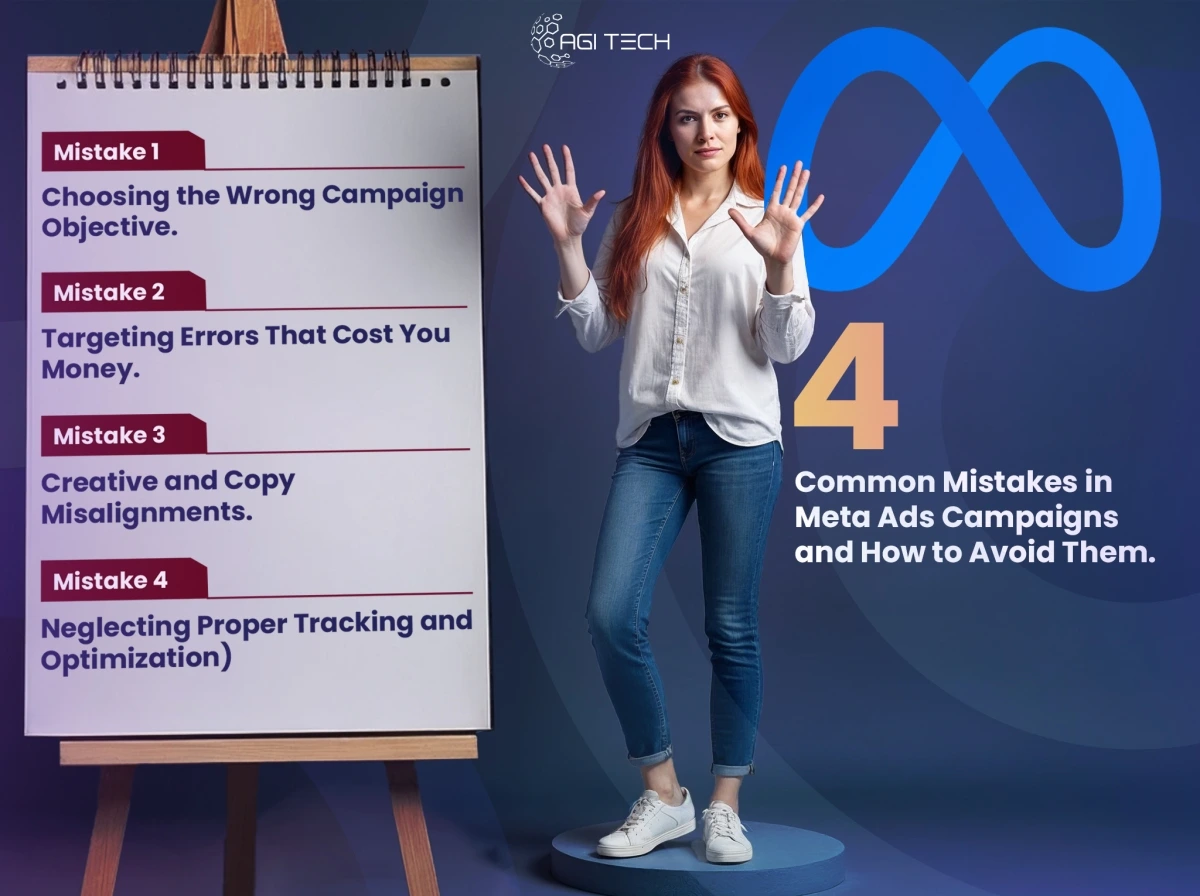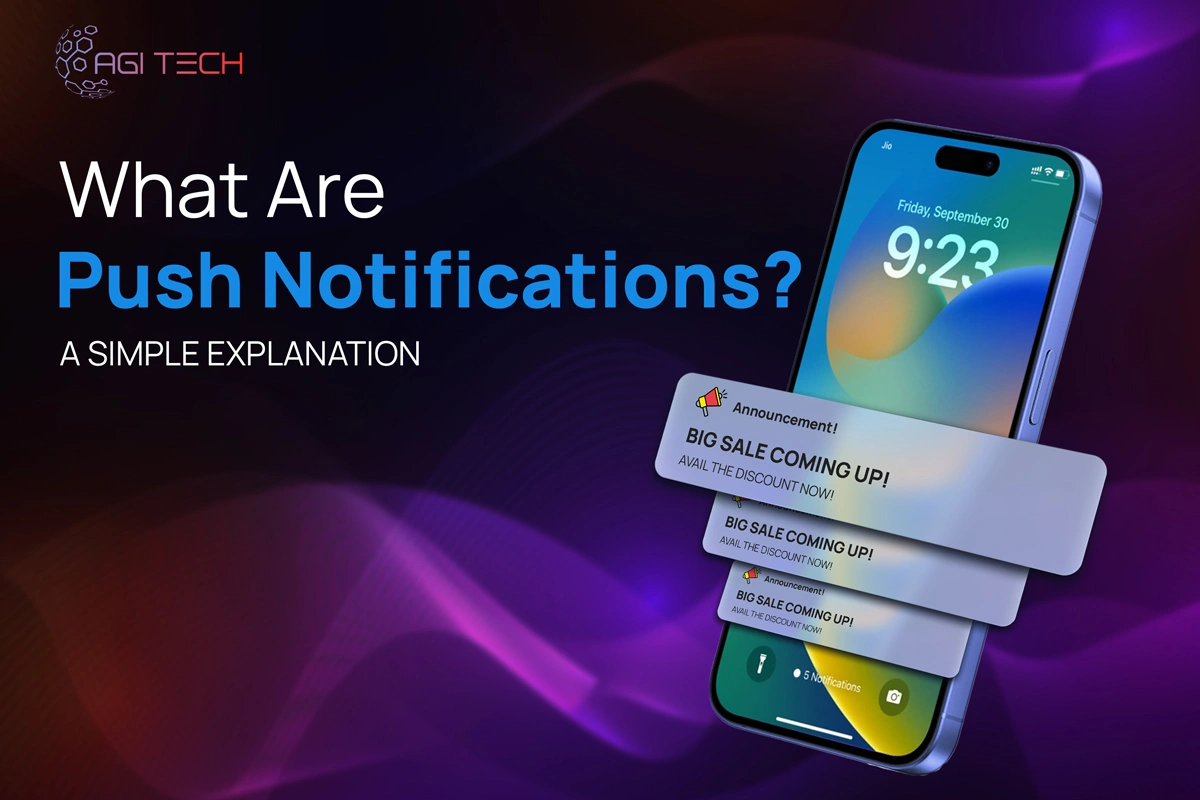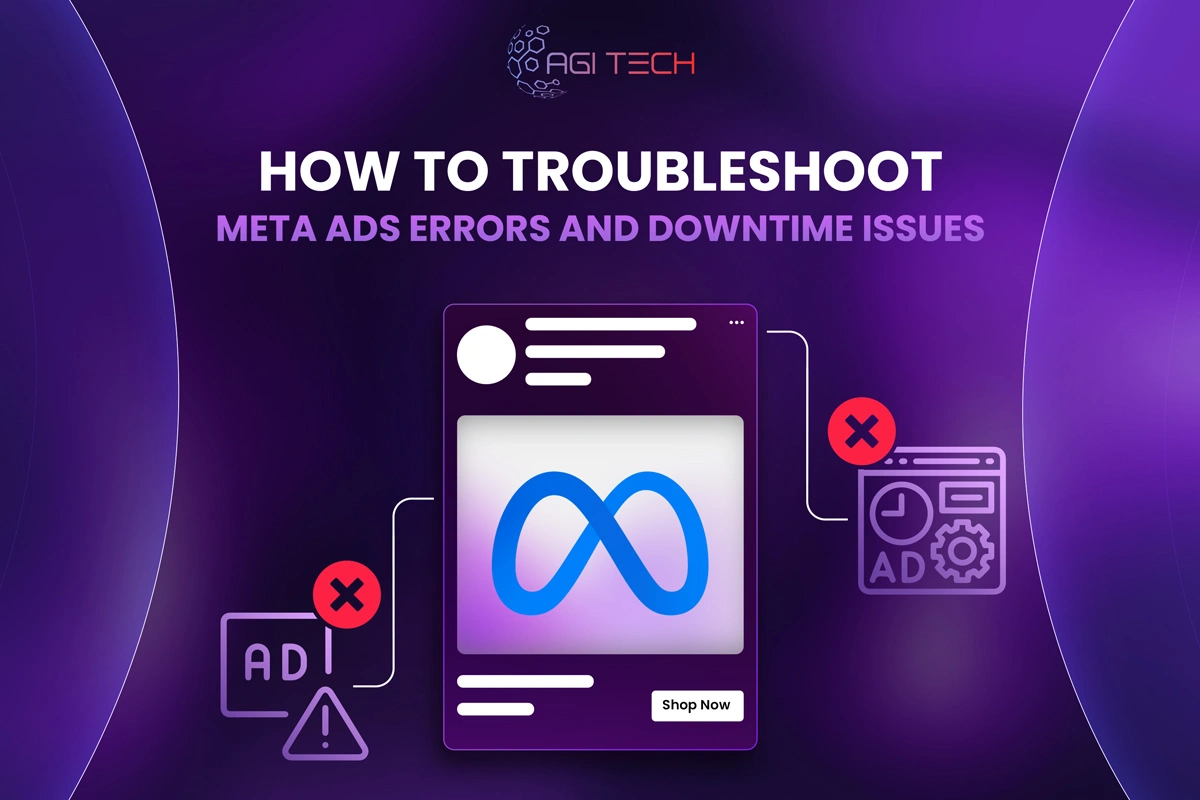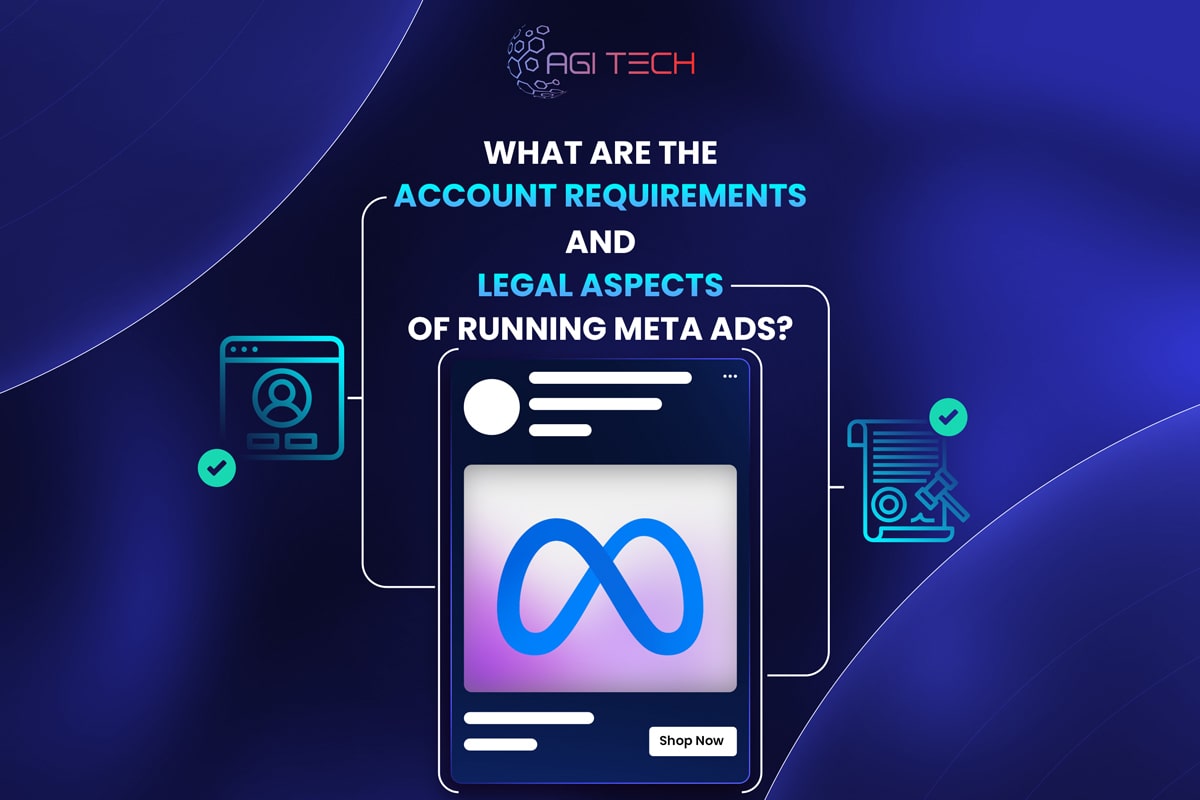Table of Contents
- Mistake 1: Choosing the Wrong Campaign Objective
- Mistake 2: Targeting Errors That Cost You Money
- Mistake 3: Creative and Copy Misalignments
- Mistake 4: Neglecting Proper Tracking and Optimization
- How to Fix These Common Mistakes
- Real-World Example: Transforming a Failing Campaign
- Quick Reference: Mistakes and Fixes
- Frequently Asked Questions
- Building a Sustainable Meta Ads Strategy
4 Common Mistakes in Meta Ads Campaigns and How to Avoid Them

Imagine you’ve launched a Meta Ads campaign with high hopes only to see your budget dwindle with little to no return on investment. This scenario is all too common among advertisers who falls prey to avoidable mistakes. For instance, one artist spent $7,000 on Meta Ads but only earned $600 from Spotify streams, a significant loss that highlight the importance of strategic planning and execution in advertising campaigns.
In this article, we explores four common mistakes that can derail your Meta Ads campaigns and provide actionable insights on how to avoid them. By understanding and addressing these pitfalls, you can optimize your advertising efforts and achieve better results.
Mistake 1: Choosing the Wrong Campaign Objective
One of the most critical decisions in setting up a Meta Ads campaign are selecting the right objective. Choosing an inappropriate objective can lead to suboptimal performance and wasted budget.
Understanding the Learning Phase in Meta Ads
When you launch a new ad set or make significant changes to an existing one, it enter the “learning phase.” During this period, Meta’s algorithm is gathering data to optimize ad delivery. Performance can be unstable, and costs may be higher until the ad set exits this phase, typically after achieving around 50 optimization events within seven days.
If you selected a conversion objective like “Purchase” without having sufficient historical conversion data, your ad set may struggled to exit the learning phase, leading to poor performance. Instead, for new campaigns or those with limited data, it’s advisable to start with objectives that require fewer events, such as “Traffic” or “Engagement.” This approach allow the algorithm to learn and optimize before moving to more conversion-focused objectives.
Mistake 2: Targeting Errors That Cost You Money
Effective audience targeting are crucial for the success of your Meta Ads. Common targeting mistakes include casting too wide a net or failing to exclude certain groups, which can dilute your ad’s impact and increase costs.
The Importance of Custom Audiences and Lookalikes
Custom audiences allow you to target individuals who has already shown interest in your brand, such as website visitors or customer lists. Lookalike audiences can help you reach new users who share characteristics with your existing customers, increasing the likelihood of conversion.
Additionally, excluding past converters ensure that your ads are shown to new potential customers rather than those who have already made a purchase. This strategy helps in optimizing your budget and improving return on ad spend (ROAS).
Mistake 3: Creative and Copy Misalignments
The visual and textual elements of your ads plays a significant role in capturing attention and driving action. Missteps in this area can lead to low engagement and poor performance.
Best Practices for Ad Creatives
- Images: Use high-quality, vibrant images that reflect your brand and resonate with your audience. Avoid images with more than 20% text to prevent delivery issues.
- Videos: Keep videos short (15 seconds or less), include subtitles, and ensure the key message is conveyed in the first few seconds.
- Copy: Craft concise and compelling copy with a clear call-to-action (CTA). Ensure that the CTA guide the user on the desired action, such as “Shop Now” or “Learn More.”
Mistake 4: Neglecting Proper Tracking and Optimization
Without accurate tracking, it’s impossible to measure the success of your campaigns or making informed optimizations.
Setting Up the Meta Pixel Correctly
Meta Pixel is essential for tracking conversions and understand user behavior on website. Ensure it installed on all relevant pages of your website and test it to confirm it’s firing correctly.
Using UTM Parameters
Incorporate UTM parameters in your ad URLs to track performance in analytics tools. This allow you to identify which ads are driving traffic and conversions.
Monitoring Key Metrics
Regularly review metrics such as click-through rate (CTR), cost per click (CPC), and ROAS to assess campaign performance. Use this data to make adjustments, such as pausing underperforming ads or scaling successful ones.
How to Fix These Common Mistakes
To avoid these pitfalls, we recommends the following strategies:
- Set Smart Goals & Objectives: Begin with objectives that aligns with your current data and gradually move to more conversion-focused goals as you gathers more information.
- Simplify Your Ad Account Structure: During testing phases, use a straightforward structure with one campaign, one ad set, and one ad to easily identify what work.
- Refresh Creatives and Audiences Regularly: Update your ad visuals and copy every 2-3 weeks to prevent ad fatigue. Similarly, adjust your audiences if you’ve reached a significant portion of them.
- Implement Robust Tracking: Ensure all tracking tools is properly set up and regularly monitor your campaign data to make informed decisions.
Real-World Example: Transforming a Failing Campaign
Consider the case of MOOD, a plant-based supplement brand. Initially, their Meta Ads campaigns was underperforming due to creative fatigue and lack of educational content. By switching to influencer-style video ads featuring the founder and reallocating original ads to the bottom of the funnel, they achieved a 122% increase in account ROAS and a 341% increase in lower-funnel campaign ROAS.
Quick Reference: Mistakes and Fixes
| Mistake | Fix Tip | Outcome |
|---|---|---|
| Wrong campaign objective | Use traffic/engagement first | Better learning |
| Broad or overlapping audiences | Use custom and lookalikes, avoid overlap | Lower costs |
| Poor creative specs or CTA | Align with ad specs, strong action word | Higher clicks |
| Tracking not set or UTMs missing | Install and test pixel, use UTM for every ad | Clear ROI |
Frequently Asked Questions
- What is the ‘learning phase’ in Meta Ads?
The learning phase is when Meta’s algorithm are gathering data to optimize ad delivery. It typically require about 50 optimization events within seven days to exit this phase and stabilize performance. - How long before I see conversions?
The time to see conversions vary based on your campaign setup, budget, and audience. It’s important to allow sufficient time for the learning phase and to accumulate enough data for optimization. - Should I use Advantage+ targeting or manual interests?
Advantage+ targeting use AI to find the best audience, which can be effective for many campaigns. However, manual targeting might be preferable for specific or niche audiences. - How often should I refresh ads?
It’s recommended to refresh your ad creatives every 2-3 weeks to prevent ad fatigue and maintain engagement. - What metrics matter most for optimization?
Key metrics includes click-through rate (CTR), cost per click (CPC), conversion rate, and return on ad spend (ROAS). These helps assess the effectiveness and profitability of your campaigns.
Building a Sustainable Meta Ads Strategy
Achieving success with Meta Ads takes time, ongoing testing, and a dedication to data-driven optimization. By steering clear of common pitfalls and following industry best practices, a Meta Ads agency can help you develop a sustainable advertising strategy that generates consistent results. Be sure to start small, scale strategically, and focus on clear, aligned messaging in your creative approach.
Our Latest Blogs

How Does Lead Scoring and Testing Work in Meta Ads?

What Are Push Notifications? Benefits, Types & Best Practices (2025)

How To Control Engagement and User Interactions on Meta Ads?

How to Troubleshoot Meta Ads Errors and Downtime Issues

What are the Account Requirements and Legal Aspects of Running Meta Ads?
Start Your Digital Transformation
From branding to digital solutions, let’s take your business to the next level together.
